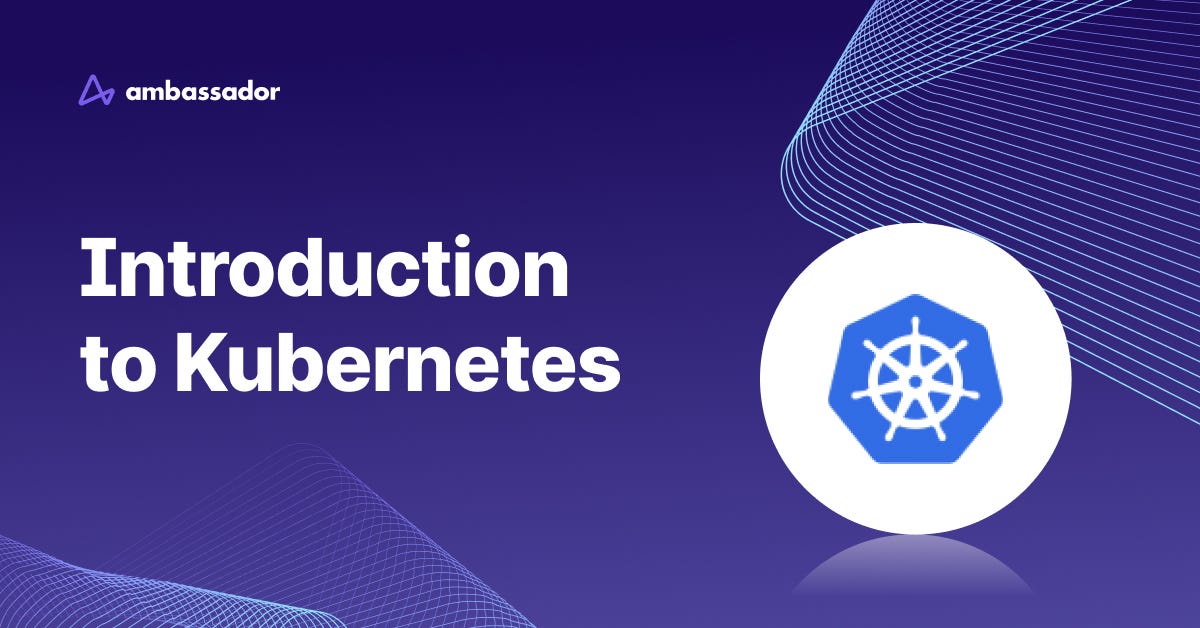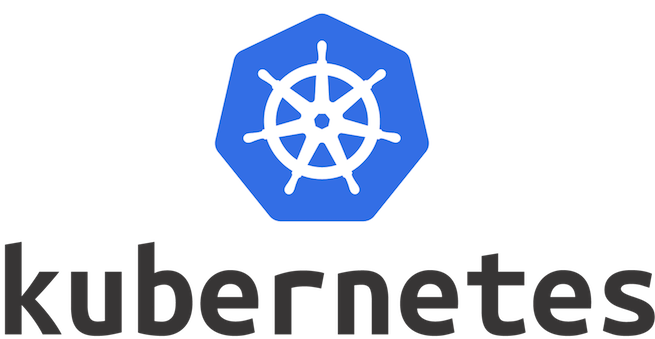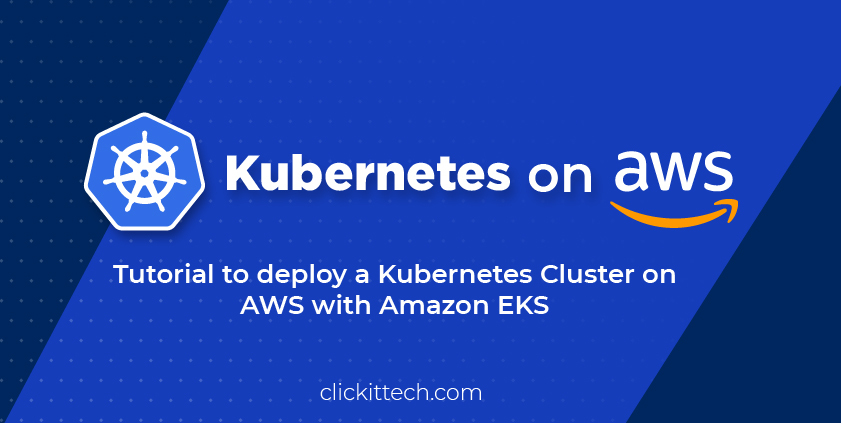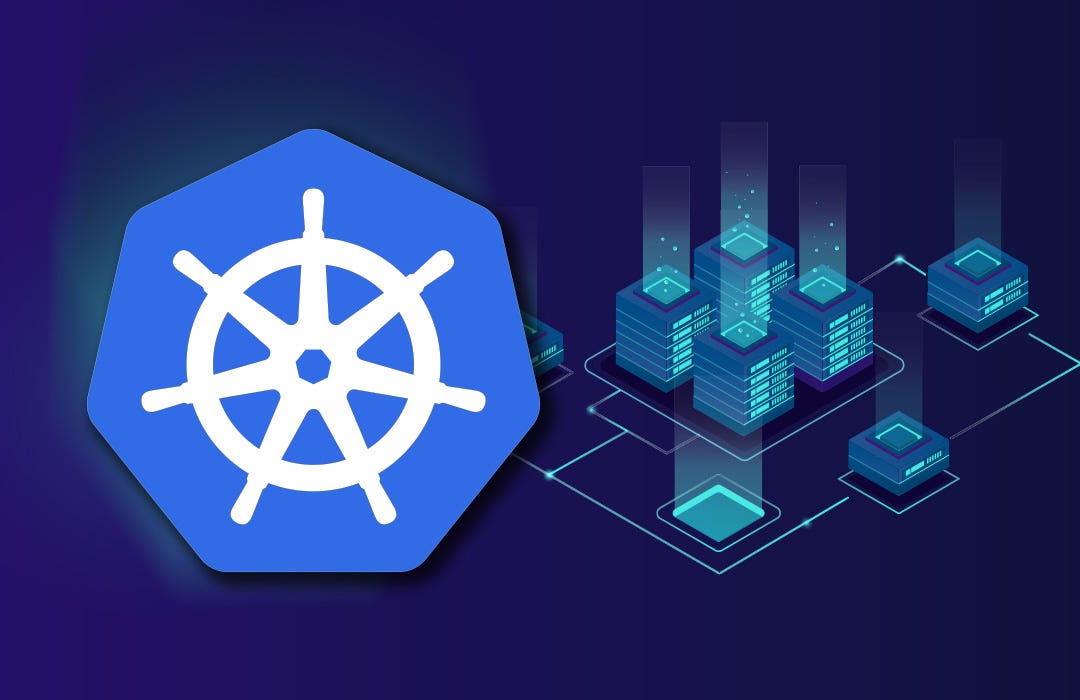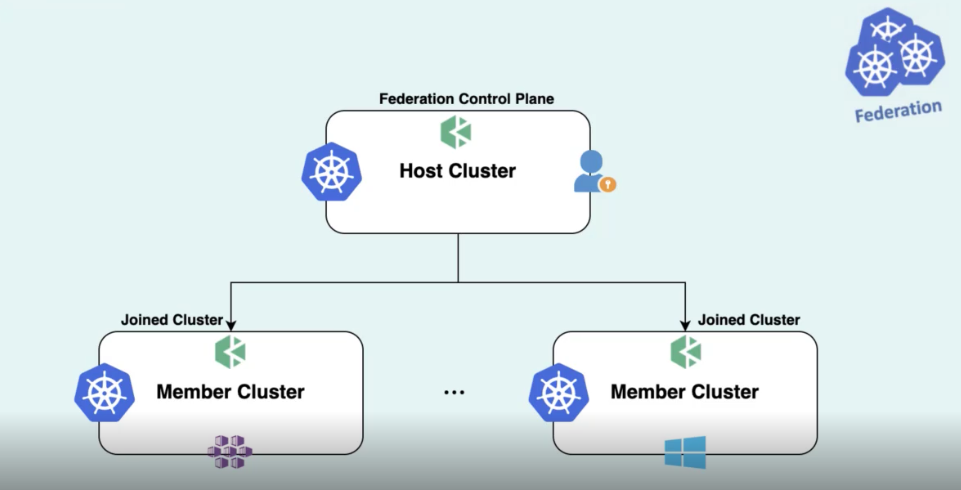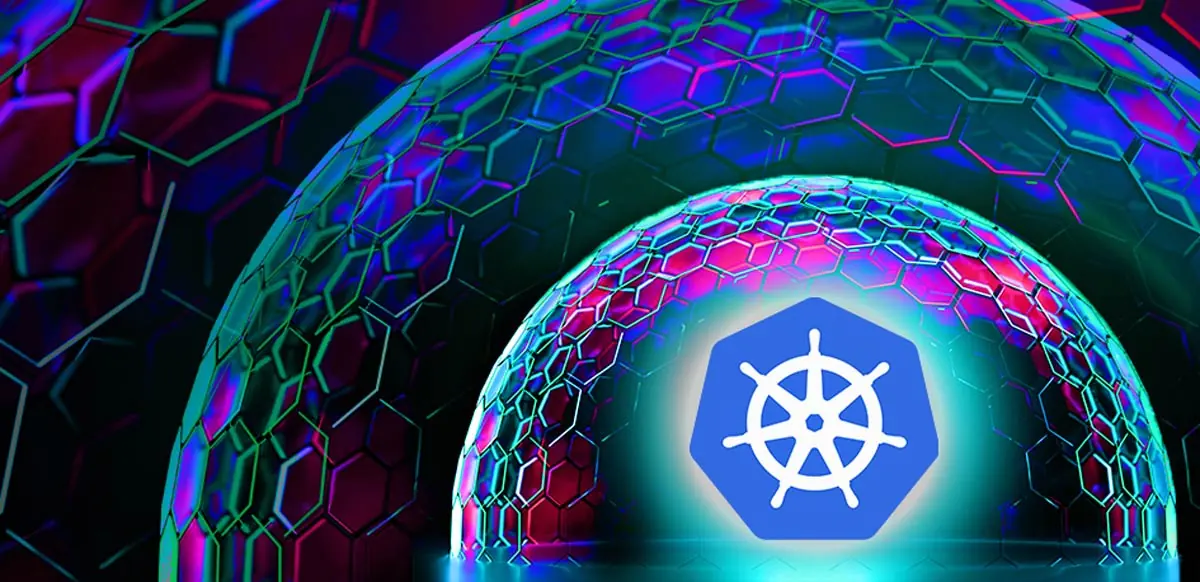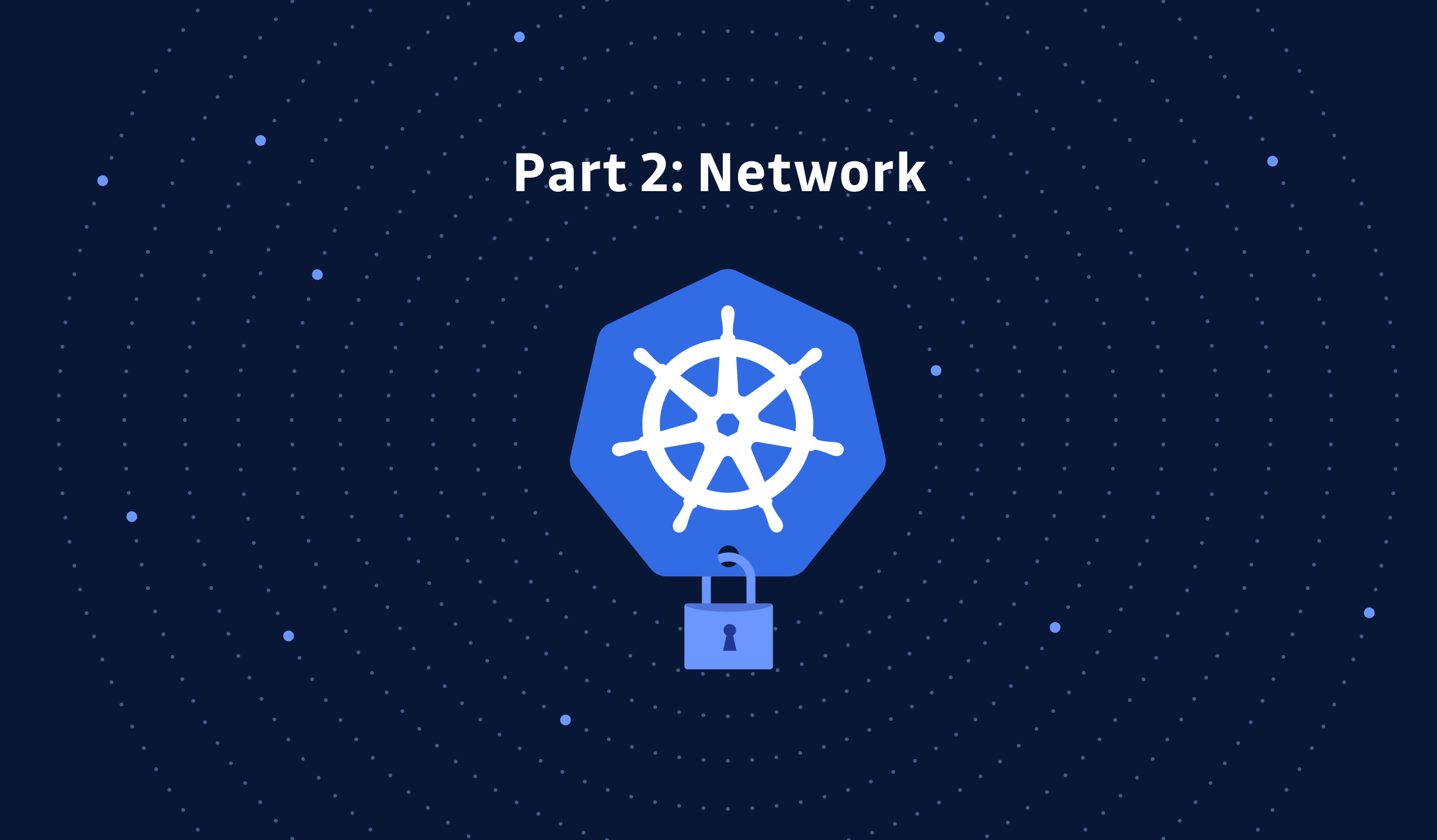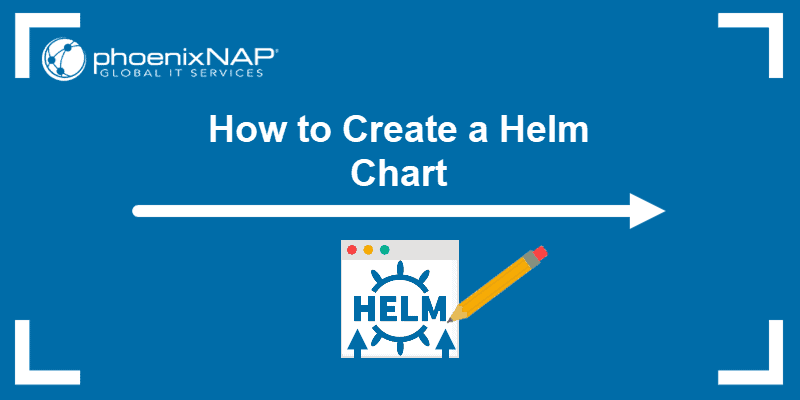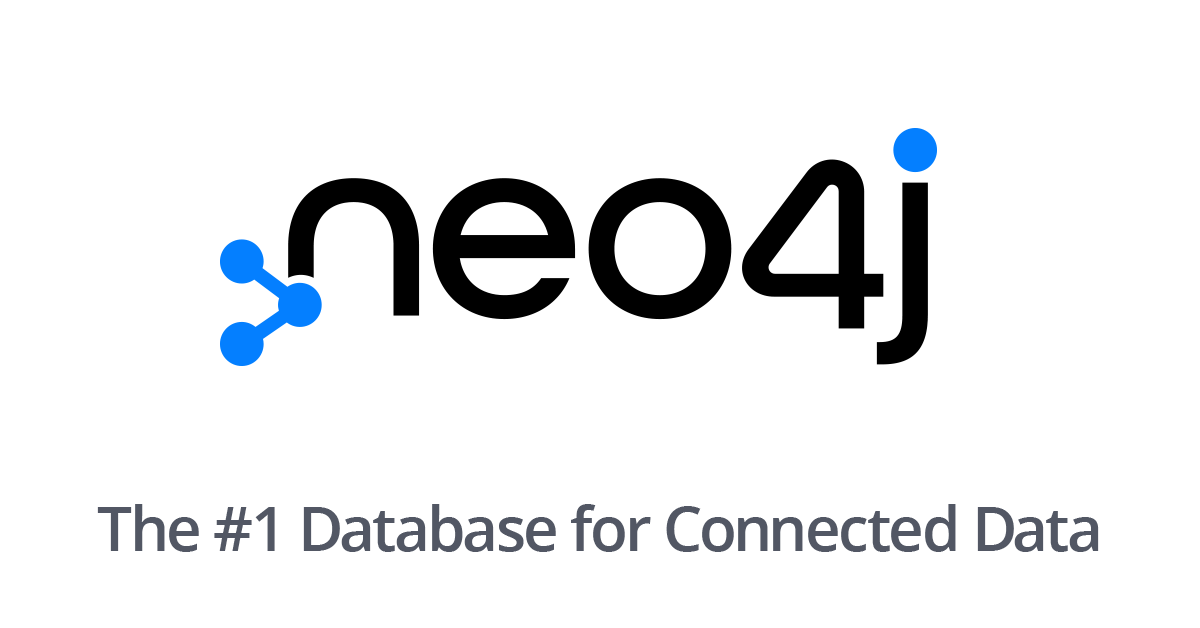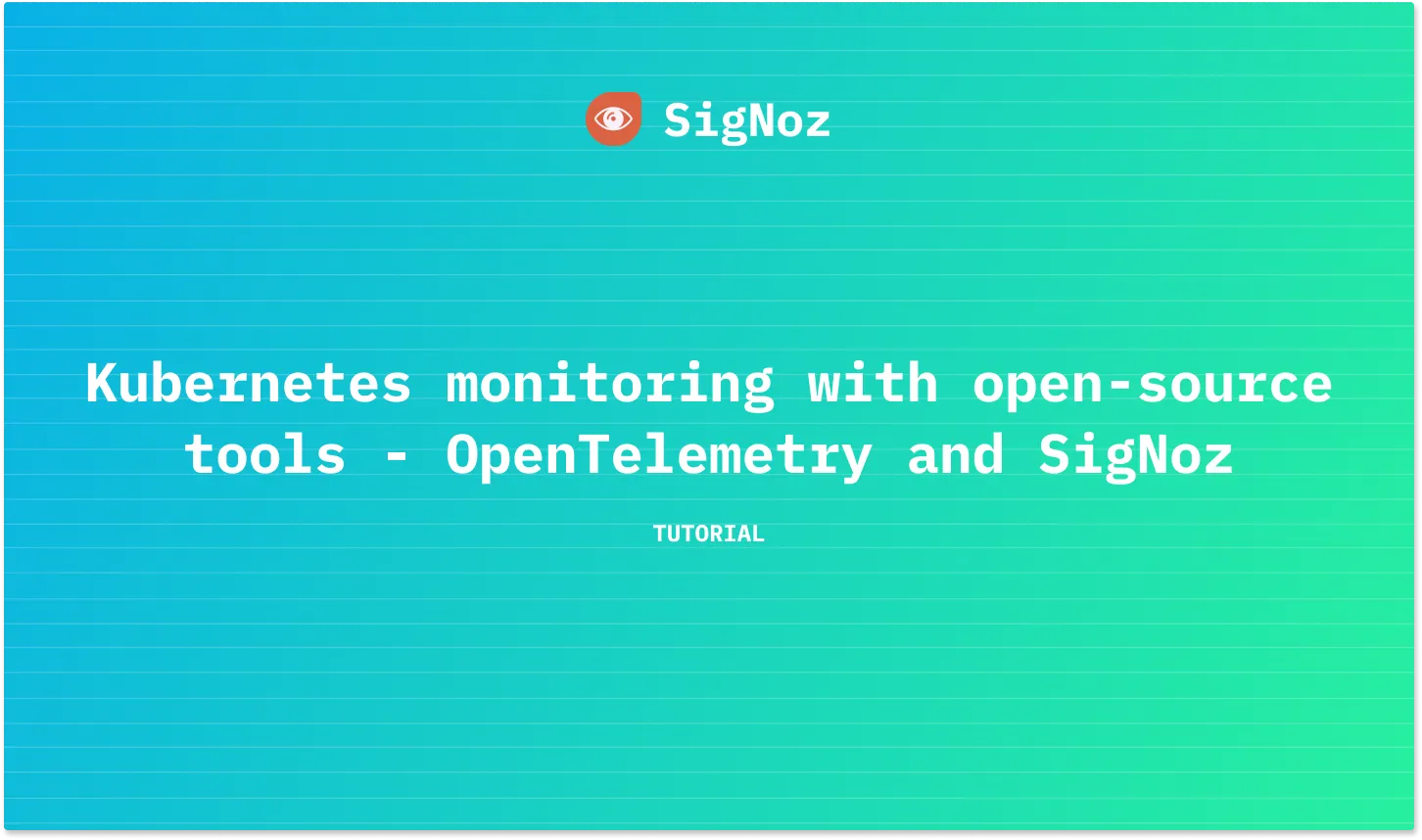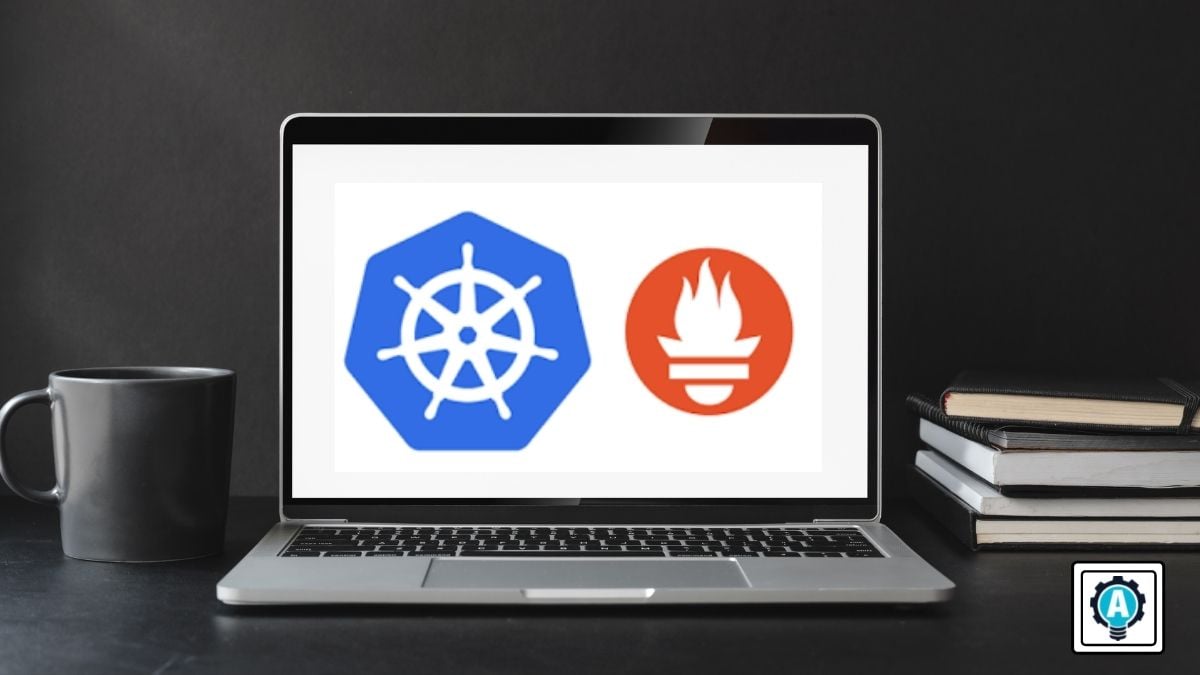70 Best Kubernetes Tutorials
Valuable Kubernetes tutorials from multiple sources, classified into the following categories: Kubernetes AWS and Azure tutorials, networking tutorials, clustering and federation tutorials and more
What Is Kubernetes?
Kubernetes is an open source container orchestration platform developed by Google for managing microservices or containerized applications across a distributed cluster of nodes. Kubernetes is highly resilient and supports zero downtime, rollback, scaling, and self-healing of containers. The main objective of Kubernetes is to hide the complexity of managing a fleet of containers. It can run on bare metal machines or on public or private cloud platforms such as AWS, Azure and OpenStack. Kubernetes architecture follows a client-server architecture.
Main Components of the Kubernetes Master Server
- etcd cluster – a distributed key value storage that stores Kubernetes cluster data
- kube-apiserver – the central management entity that receives all REST requests for modifications to cluster elements
- kube-controller-manager – runs controller processes like replication controller (sets number of replicas in a pod) and endpoints controller (populates services, pods and other objects)
- cloud-controller-manager – responsible for managing controller processes with dependencies on the underlying cloud provider
- kube-scheduler – helps schedule the pods (a co-located group of containers inside which our application processes are running) on the cluster nodes based on resource utilization
Main Components of the Kubernetes Node (Worker) Server
- kubelet – the main service on a node, taking in new or modified pod specifications from kube-apiserver, and ensuring that pods and containers are healthy and running
- kube-proxy – runs on each worker node to deal with individual host subnetting and expose services
kubectl is a command line tool that interacts with kube-apiserver and send commands to the master node. Each command is converted into an API call.
Kubernetes Tutorials
Kubernetes is a complex system, and learning step by step is the best way to gain expertise. In this page we’re compiled all the valuable Kubernetes tutorials from multiple sources – from the big players like Google, Amazon and Microsoft, to individual bloggers and community members. Tutorials are classified into the following categories:
- Kubernetes Overview Tutorials
- Kubernetes Basic Tutorials
- Kubernetes AWS and Azure Tutorials
- kOps Tutorials
- Kubernetes Clustering and Federation Tutorials
- Kubernetes and the CI/CD Pipeline
- Kubernetes Networking Tutorials
- Kubernetes Helm Tutorials
- Kubernetes Node.js Tutorials
- Kubernetes Python/Django Tutorials
- Kubernetes with Other Frameworks: Ruby/Rails, Spring, Neo4j
- Kubernetes Monitoring and Prometheus Tutorials
- Kubernetes on Windows and Mac
- Kubernetes Tutorials in Other Environments
Video Tutorials
This video is a brief overview of the service abstraction, why it’s needed and how to specify pods in a service.
Teaches you how to use services to securely expose pods to internal and external consumers. Covers service discovery through environment variables and through DNS. Describes the differences between ClusterIP, NodePort, and LoadBalancer service types.
Discusses the kind of problems Kubernetes Federation helps solve and how.
Kubernetes Overview Tutorials

Note: You can also follow this tutorial if you’ve installed minikube locally. See minikube start for installation instructions. Objectives Deploy a…
from the registry. Artifact Registry is the recommended container registry on
Google Cloud. For this quickstart, you’ll create a repository named
hello-repo.

Kubernetes Basic Tutorials
container image, so you don’t have to build a container from the sample code.
However, you might want to download the sample code, which is provided in
several languages to help you understand how the sample API works.

Before you begin Before you begin this tutorial, you should familiarize yourself with the following Kubernetes concepts:
Pods Cluster…
Kubernetes AWS and Azure Tutorials



kOps Tutorials

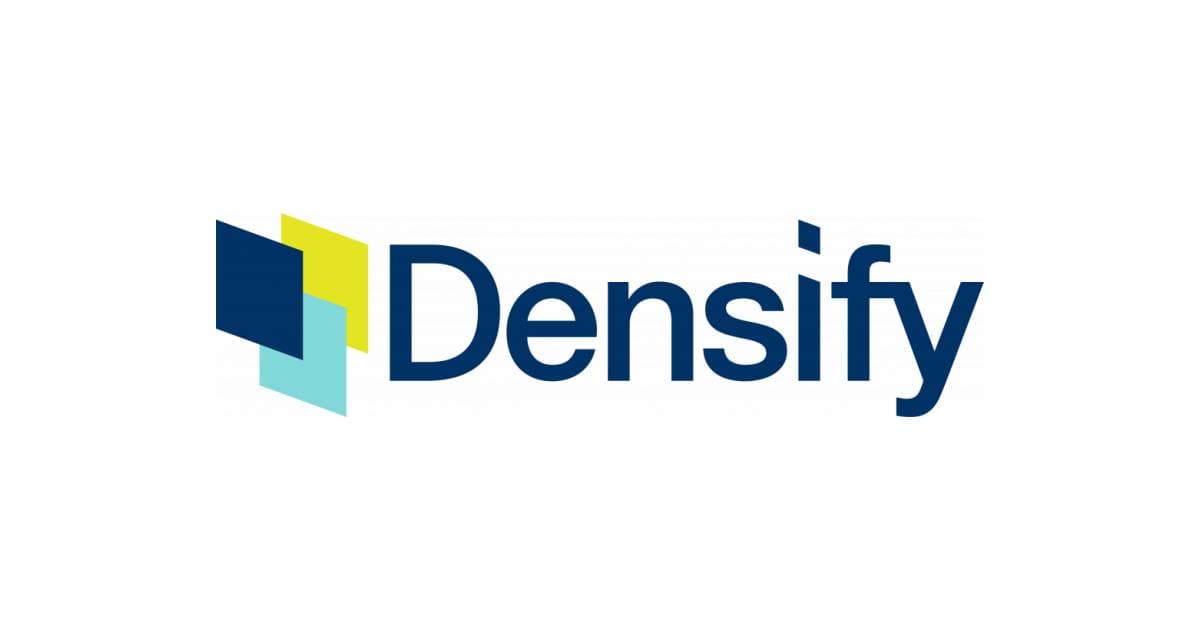
Kubernetes Clustering and Federation Tutorials


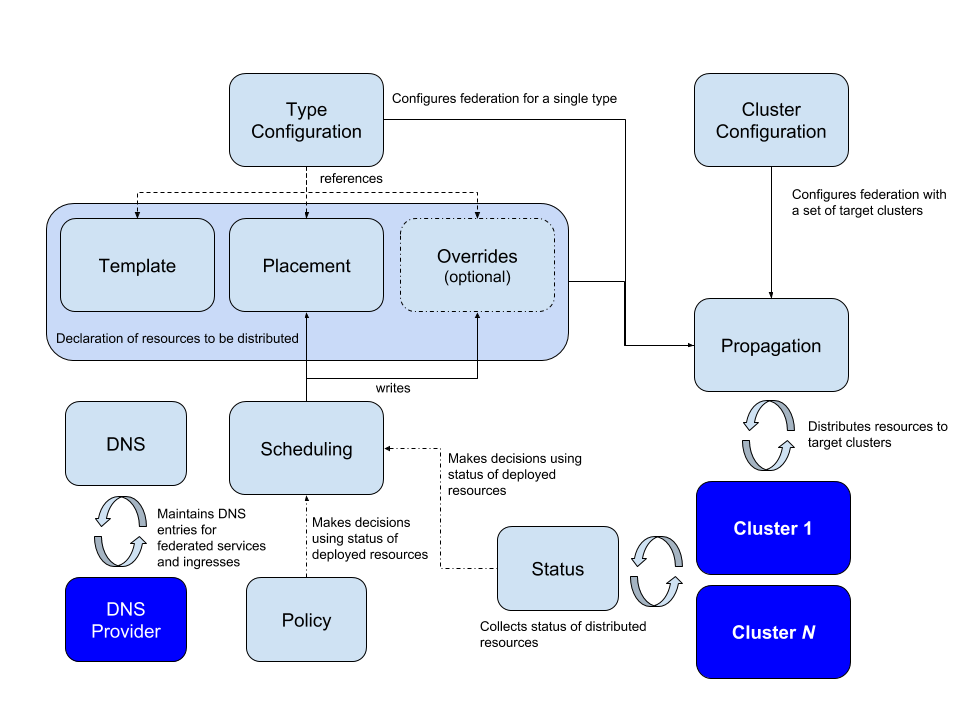
Kubernetes and the CI/CD Pipeline

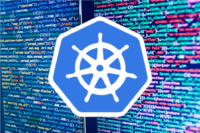
Kubernetes Networking Tutorials




Highly-coupled container-to-container communications: this is solved by Pods and localhost communications. Pod-to-Pod communica…
Kubernetes Helm Tutorials


Kubernetes Node.js Tutorials
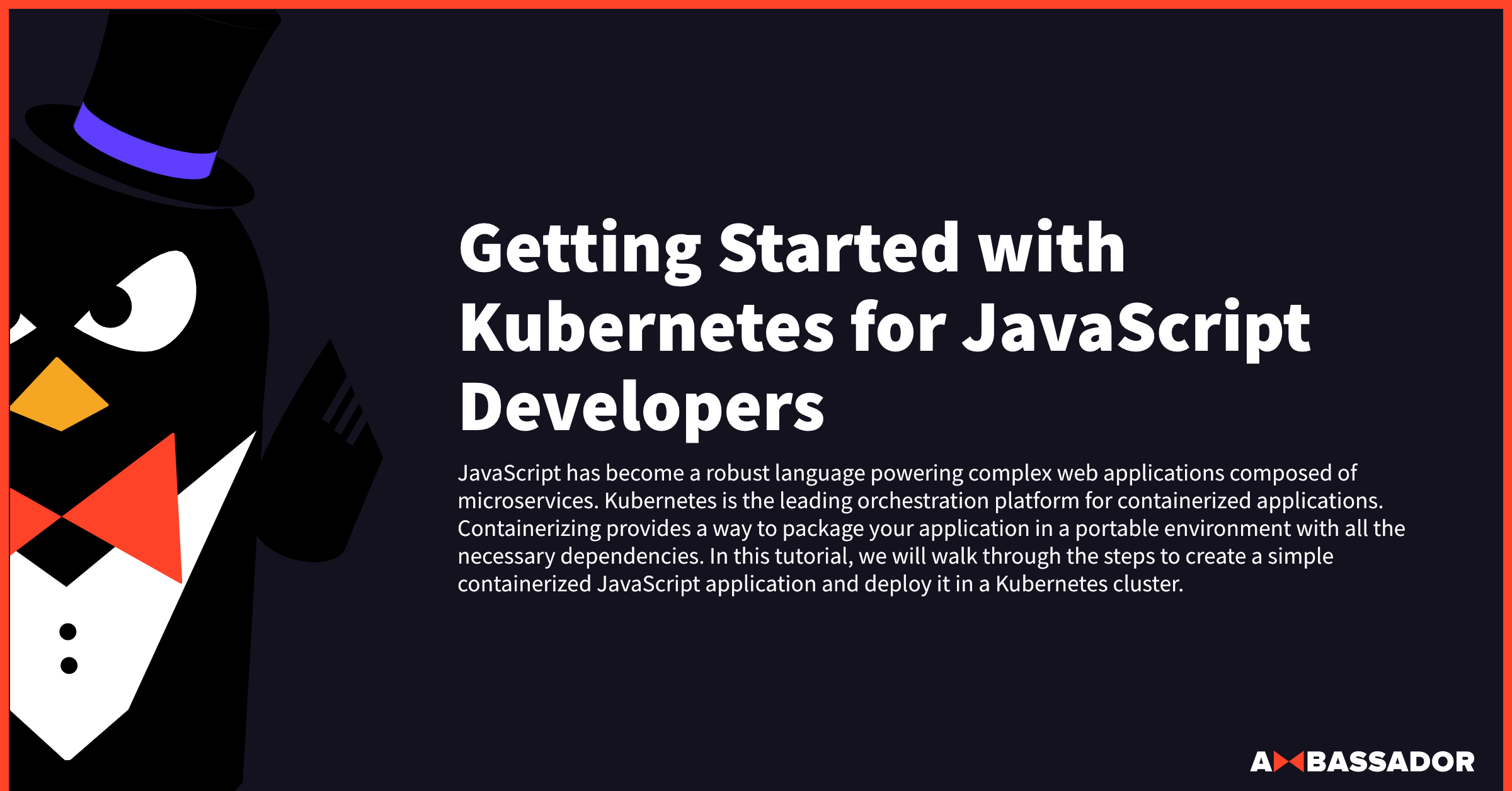
Kubernetes Python/Django Tutorials
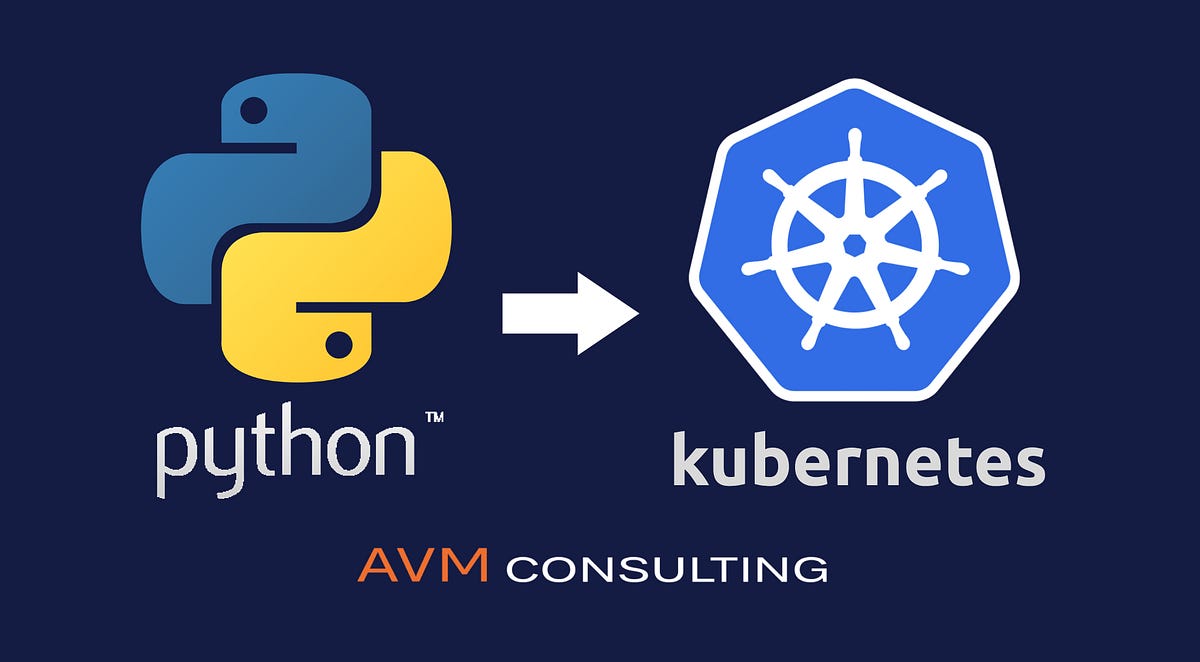

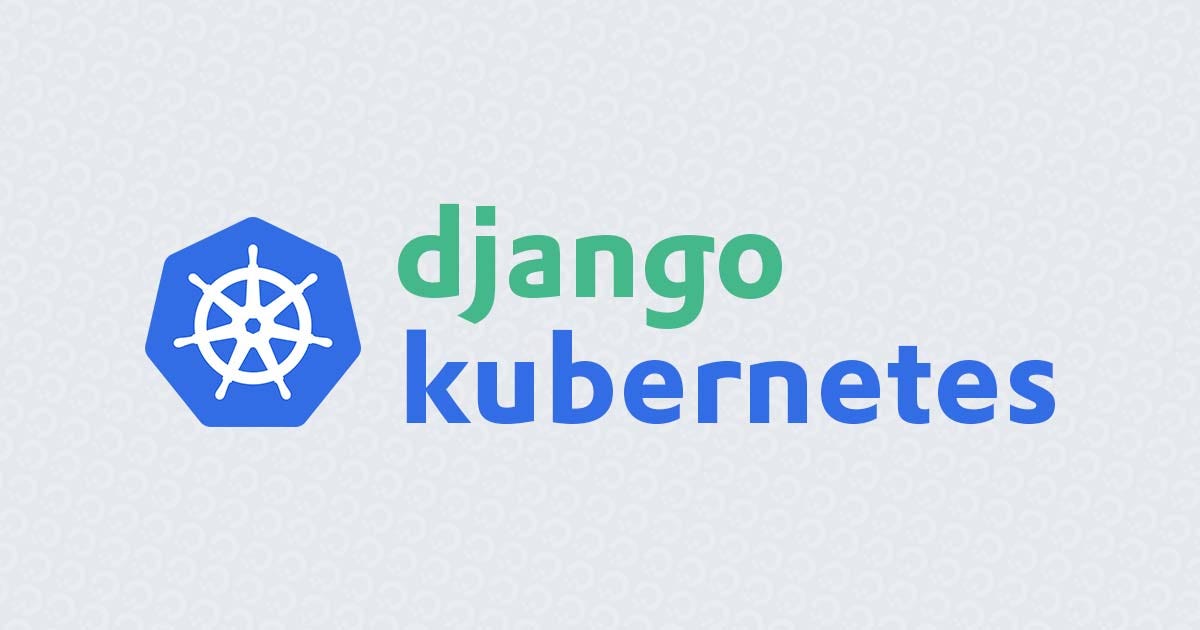
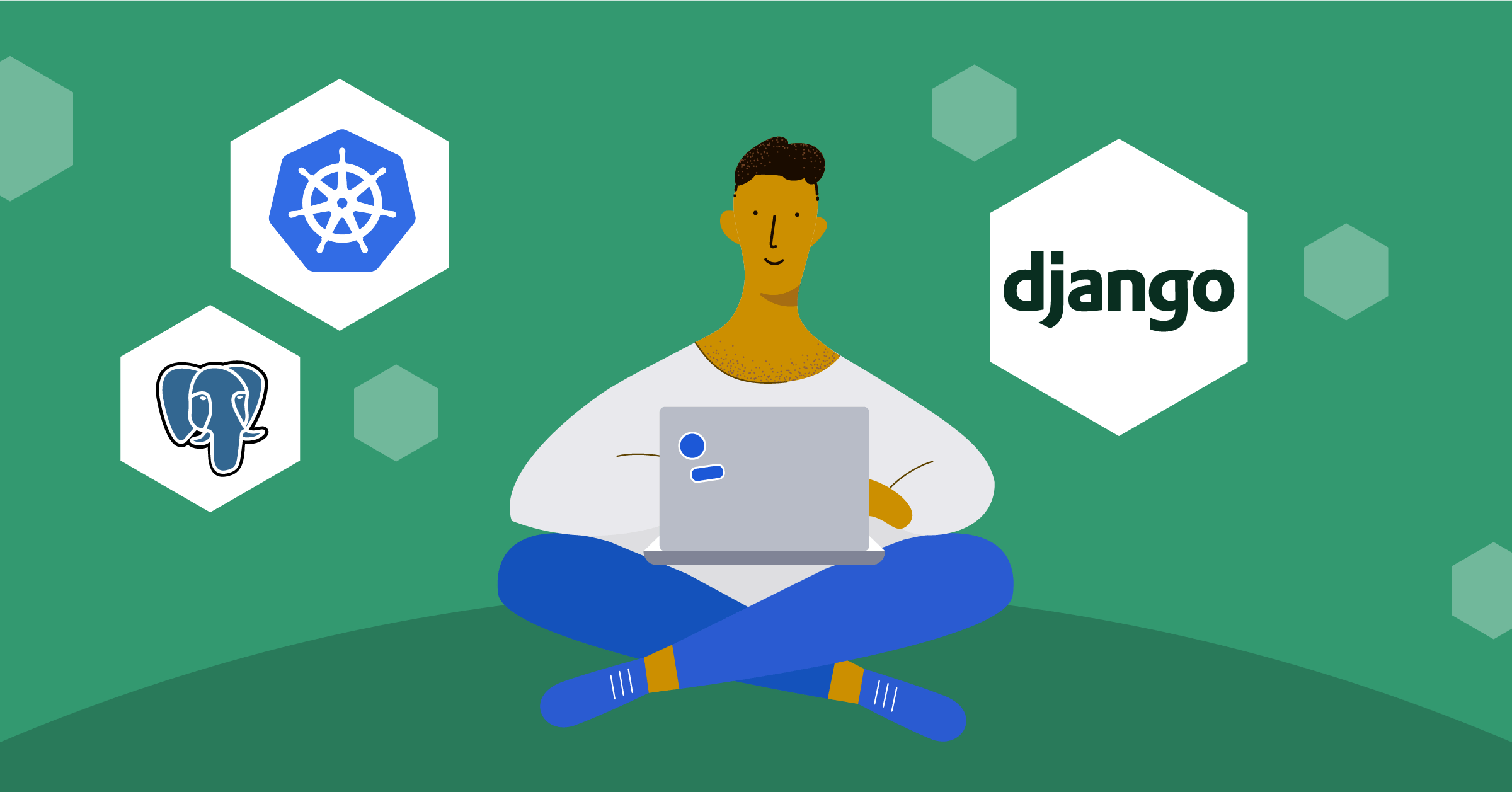
Kubernetes with Other Frameworks: Ruby/Rails, Spring, Neo4j
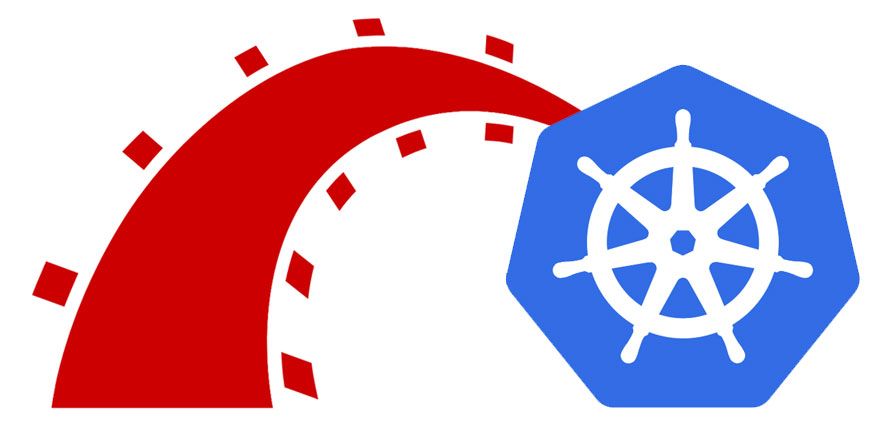


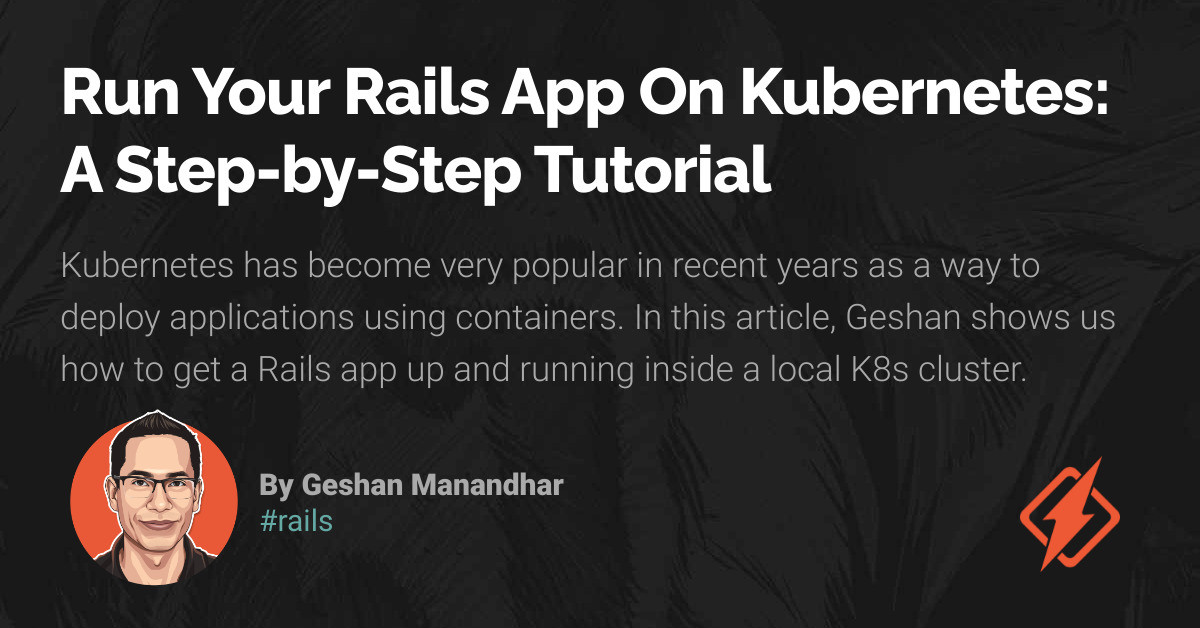
Kubernetes Monitoring and Prometheus Tutorials


Kubernetes on Windows and Mac

Install kubectl on Windo…

Install kubectl on macOS…
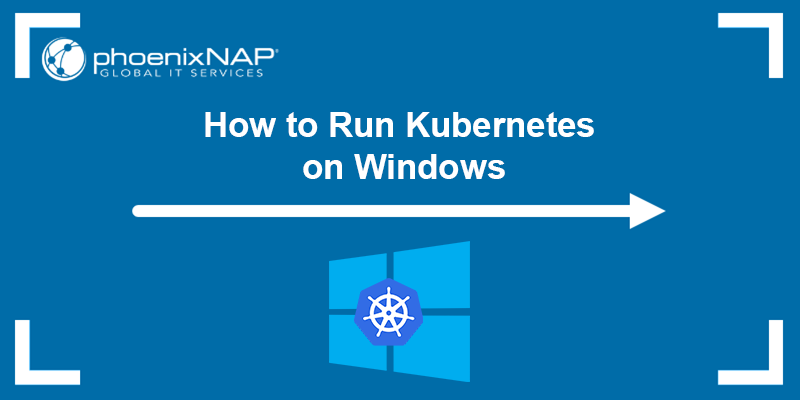
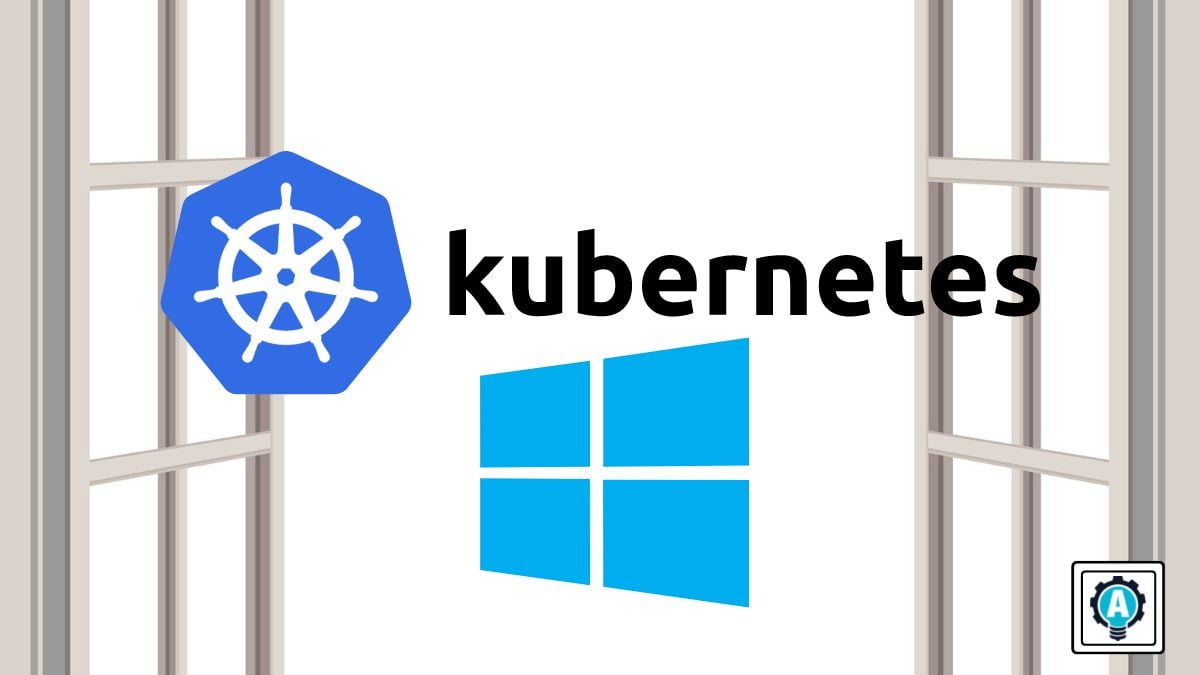
Kubernetes Tutorials in Other Environments
Kubernetes Tutorials in Other Environments
This tutorial provides an example of how to run Apache Cassandra on Kubernetes. A custom Cassandra seed provider allows the database to discover new Cassandra instances when they join the cluster.
This article explains all the components required to deploy MongoDB on Kubernetes. It also discusses how to make a cluster accessible from outside Kubernetes.
This tutorial shows you how to deploy a MySQL database and a WordPress site using Minikube. Both applications store data using PersistentVolumes and PersistentVolumeClaims.
This tutorial shows how to deploy a Redis Cluster on Kubernetes using ConfigMap and Helm.
This step-by-step tutorial explains how to deploy PostgreSQL on Kubernetes and provides some best practices to secure the database.
This article explains how to deploy Elasticsearch on Kubernetes on seven pods manually and using a prebuilt Helm chart.
This step-by-step guide shows how to implement a multi-node Kubernetes setup on Vagrant using kubeadm.
This tutorial teaches how to deploy MongoDB on Kubernetes, including steps to run a standalone MongoDB instance and replica set.
This workshop introduces the technologies used to deploy cloud-native applications in Kubernetes with Cassandra. It teaches how to use K8ssandra, Prometheus, Grafana, Reaper, and Stargate APIs.
This article provides detailed instructions for managing a container using Kubernetes and Kyma Runtime.
- What Is Kubernetes?
- Main Components of the Kubernetes Master Server
- Main Components of the Kubernetes Node (Worker) Server
- Kubernetes Tutorials
- Video Tutorials
- Kubernetes Overview Tutorials
- Learn Kubernetes Basics
- Hello Minikube
- Deploying a containerized web application | Kubernetes Engine | Google Cloud
- Kubernetes Tutorial | An Introduction To Kubernetes | Edureka
- Kubernetes Tutorial for Beginners - Basic Concepts & Examples
- An Introduction to Kubernetes — Tutorial
- Kubernetes Architecture Explained [Comprehensive Guide]
- Kubernetes Basic Tutorials
- Getting started with Cloud Endpoints for Kubernetes with ESP | Cloud Endpoints with OpenAPI | Google Cloud
- StatefulSet Basics
- Kubernetes Basics: Kubernetes Tutorial for Beginners
- Kubernetes basics: A step-by-step implementation tutorial | TechTarget
- Kubernetes AWS and Azure Tutorials
- Deploy a sample application - Amazon EKS
- Kubernetes on Azure tutorial - Prepare an application - Azure Kubernetes Service
- Kubernetes on Azure tutorial - Deploy a cluster - Azure Kubernetes Service
- The Essential Guide to Create a Kubernetes Cluster Using AWS EKSCLI
- Kubernetes on AWS: Tutorial to deploy Kubernetes cluster with Amazon EKS
- kOps Tutorials
- Kubernetes kOps: Step-By-Step Example & Alternatives
- Kubernetes kOps Tutorial
- How to Set Up a Kubernetes Cluster on AWS Using Kops
- Using kOps to Deploy Kubernetes to AWS
- Kubernetes Clustering and Federation Tutorials
- Using Minikube to Create a Cluster
- How to Create a Kubernetes Cluster Locally - Simple Tutorial | Capital One
- Kubernetes Federation: The Basics and a 5-Step Tutorial
- Federated Cluster
- Kubernetes, cluster federation, and resource distribution
- Kubernetes Multi-cluster Management and Application Deployment in Hybrid Cloud
- Kubernetes and the CI/CD Pipeline
- CI/CD Pipelines for Kubernetes: Best Practices and Tools | Komodor
- CI/CD Kubernetes: How GitOps, K8s, and CI/CD Pipelines Work Together
- Deploying web applications on Kubernetes with continuous integration
- Infrastructure as Code, part 3: automate Kubernetes deployments with CI/CD and Terraform
- Kubernetes Networking Tutorials
- A visual guide to Kubernetes networking fundamentals
- Kubernetes Networking Basics
- Using Source IP
- Cluster Networking
- Guide to Kubernetes Networking
- Kubernetes Hardening Tutorial: Network
- Kubernetes Helm Tutorials
- What is a Helm Chart? A Tutorial for Kubernetes Beginners
- Packing a Kubernetes Microservices App with Helm - RisingStack Engineering
- Using Helm and Kubernetes | Baeldung
- How To Create A Helm Chart {and Deploy it on Kubernetes}
- Kubernetes Node.js Tutorials
- Getting Started with Kubernetes for JavaScript Developers
- Getting Started with Kubernetes for JavaScript Developers
- Kubernetes Python/Django Tutorials
- A Beginner’s Guide to Kubernetes Python Client
- Running a Python Application on Kubernetes (AWS)
- Developing Python Applications on Kubernetes
- Develop and Deploy a Python API with Kubernetes and Docker - part II | MetricFire Blog
- How to Deploy a Django Application With Kubernetes
- How to orchestrate your Django application with Kubernetes
- Kubernetes with Other Frameworks: Ruby/Rails, Spring, Neo4j
- Kubernetes Tutorial: Running a Rails App in Kubernetes
- Kubernetes Tutorial | Run & Deploy Spring Boot Application in K8s Cluster using yaml configuration
- How to deploy a Spring Boot application to Kubernetes cluster
- Run Your Rails App On Kubernetes: A Step-by-Step Tutorial
- Deploying Neo4j on Kubernetes with Helm Charts
- Configure a Neo4j Helm deployment - Operations Manual
- Kubernetes Monitoring and Prometheus Tutorials
- How to monitor Kubernetes + Docker with Datadog
- Grafana & Prometheus Kubernetes Cluster Monitoring
- Kubernetes monitoring with open-source tools [OpenTelemetry and SigNoz] | SigNoz
- Utilizing Grafana & Prometheus Kubernetes Cluster Monitoring
- Kubernetes on Windows and Mac
- Install and Set Up kubectl on Windows
- Install and Set Up kubectl on macOS
- How to Run Kubernetes on Windows | phoenixNAP KB
- How to Install Kubernetes on Windows
- Getting started with Docker and Kubernetes on Windows 10
- Kubernetes with kind | Baeldung
- Kubernetes Tutorials in Other Environments
- Kubernetes Tutorials in Other Environments
